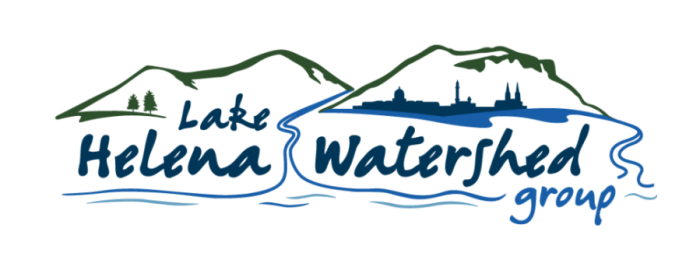Glossary
Best Management Practices (BMPs): management techniques and strategies designed to address identified pollutant loads. Many different BMPs generally need to be employed in order to accomplish goals set in Watershed Restoration Plans.
Erosion: the process of eroding or being eroded by wind, water, or other natural agents. Sediments (soils, minerals, organic material) erode from stream banks continuously by the force of water flow.
Eutrophication: excessive richness of nutrients in a lake or other body of water, frequently due to runoff from the land, which causes a dense growth of plant life and death of animal life from lack of oxygen.
Flow (stream flow): the amount of water flow in a water body at any point in time, usually measured in cubic feet per second (CFS).
Ground water: water held underground in the soil or in pores and crevices in rock.
Headwaters: a tributary stream of a river close to or forming part of its source.
Impaired stream: streams that are considered too polluted or otherwise degraded to meet the water quality standards set by states, territories or authorized tribes in the U.S. Under section 303(d) of the Clean Water Act.
Load (pollutant load): refers to the mass of a substance (metals, nutrients and sediment) in respect to the amount of water flow in the waterbody of interest. Mathematically, it is essentially the product of water flow (cubic feet per second) and the concentration of any given substance.
Non-point source: a source of pollution that issues from widely distributed or pervasive environmental elements (i.e. not a specific pipe or facility).
Point-source: A point source of pollution is a single identifiable source of air, water, thermal, noise or light pollution, such as a single wastewater disposal pipe or any single facility.
Pollutant: An undesirable substance that can cause environmental degradation or harm human health at certain concentration levels.
Surface water: water that collects on the surface of the ground (e.g. rivers, streams, lakes).
Watershed: an area or ridge of land that separates waters flowing to different rivers, basins, or seas. Definition from USDA.gov : “A watershed is a topographically bounded area of land that captures precipitation, filters and stores water, and regulates its release through a channel network into a lake, another watershed, or an estuary and the ocean.”
